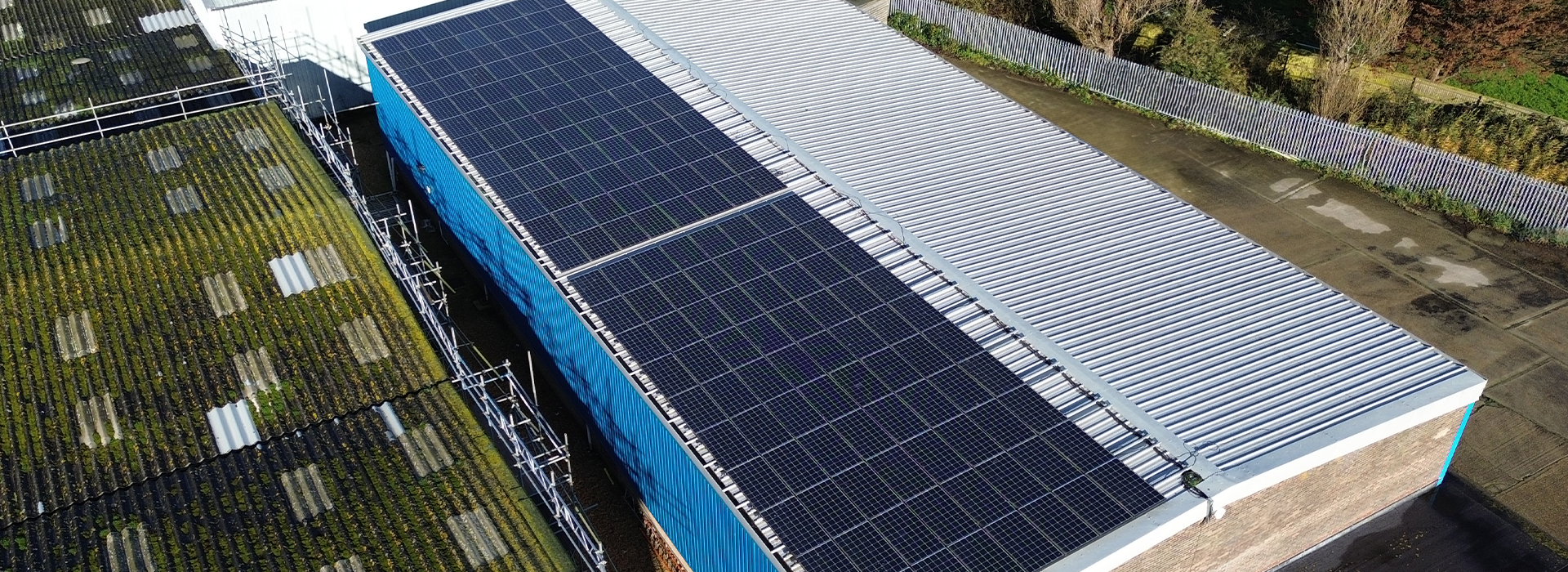When it comes to working on steep-pitched roofs, safety is a top priority. Walkways provide a crucial means of protection and efficiency for roofing contractors, maintenance workers, and even homeowners who may need to access their roof. In this post, we’ll explore why walkways are essential on steep roofs, the risks of not having them, and how they contribute to long-term roof maintenance.
What Are Roof Walkways?
Roof walkways are designated, non-slip paths installed on a roof, allowing safe and easy access to different areas for inspection, maintenance, or repairs. On a steep-pitched roof, where the slope is more severe, the risks of slips and falls increase significantly. Roof walkways are designed to mitigate these risks by offering a stable and secure route.
Why Are Walkways Crucial on Steep-Pitched Roofs?
Fall Protection
The primary reason walkways are essential on steep-pitched roofs is to protect against falls. Fall-related injuries are one of the leading causes of accidents in the construction and roofing industries. Without a proper walkway system, workers are exposed to dangerous conditions that could lead to serious injury or even death.
Walkways provide a sturdy platform that improves footing and stability, reducing the likelihood of slips or trips. They also allow for the integration of additional fall protection systems like guardrails or handrails, further enhancing safety.
Compliance with Health and Safety Regulations
In many regions, strict safety regulations govern working on roofs, particularly when it comes to fall protection. Regulatory bodies like OSHA (Occupational Safety and Health Administration) in the U.S., or the HSE (Health and Safety Executive) in the U.K., require that employers provide adequate fall protection measures when workers are exposed to fall hazards.
Roof walkways can help ensure compliance with these regulations, as they provide safe access points that minimise the risk of falls. Failure to comply with these regulations can result in fines, penalties, or even work stoppages.
Improved Worker Efficiency
Walkways on steep-pitched roofs also improve worker efficiency. When workers feel safe, they can focus better on the task at hand, whether it’s installing roofing materials, repairing damage, or performing routine maintenance. Without a stable platform to walk on, workers must be extra cautious, slowing down their progress and increasing the time needed to complete a job.
Efficient work reduces labor costs and speeds up project timelines, benefiting both the contractors and the building owners.
Protecting Roofing Materials
Without walkways, workers often walk directly on the roof’s surface, which can lead to damage over time. Shingles, tiles, and other roofing materials are not designed to withstand repeated foot traffic, especially on steep slopes. Over time, this can result in cracked tiles, displaced shingles, or compromised seals that allow water to penetrate the roof structure, leading to leaks and expensive repairs.
Roof walkways help protect the roofing materials by providing a defined path for foot traffic, ensuring that the roof’s integrity is maintained throughout its lifespan.
Long-Term Roof Maintenance Benefits
In addition to safety, walkways make regular roof maintenance much more accessible. Roofs, particularly steep-pitched ones, require periodic inspections to check for damage, debris buildup, or potential leaks. A walkway system allows maintenance workers or contractors to perform inspections without compromising safety or causing unnecessary wear and tear on the roof itself.
Moreover, walkways can also support other important systems, such as solar panels or rooftop HVAC units, making it easier to access these areas for repairs or inspections.
Choosing the Right Walkway System for Steep Roofs
When selecting a walkway system for a steep-pitched roof, it’s important to consider the following:
Material: The material should be durable, slip-resistant, and weather-resistant. Common materials include aluminum, galvanised steel, or fiberglass.
Installation: Walkways should be professionally installed to ensure they are securely fastened to the roof and integrated with other fall protection systems like harness anchor points or guardrails.
Customisation: Walkways can be customised to fit the unique contours and slope of a roof, ensuring maximum stability and safety.
Conclusion
Walkways on steep-pitched roofs are not just a convenience—they are a necessity for ensuring safety, efficiency, and long-term roof preservation. Whether you’re a roofing contractor, building owner, or property manager, investing in a high-quality walkway system is essential for complying with safety regulations and protecting workers from unnecessary risks.
By installing proper walkways, you create a safer work environment while also protecting the roof from damage, ensuring that it remains in top condition for years to come.



